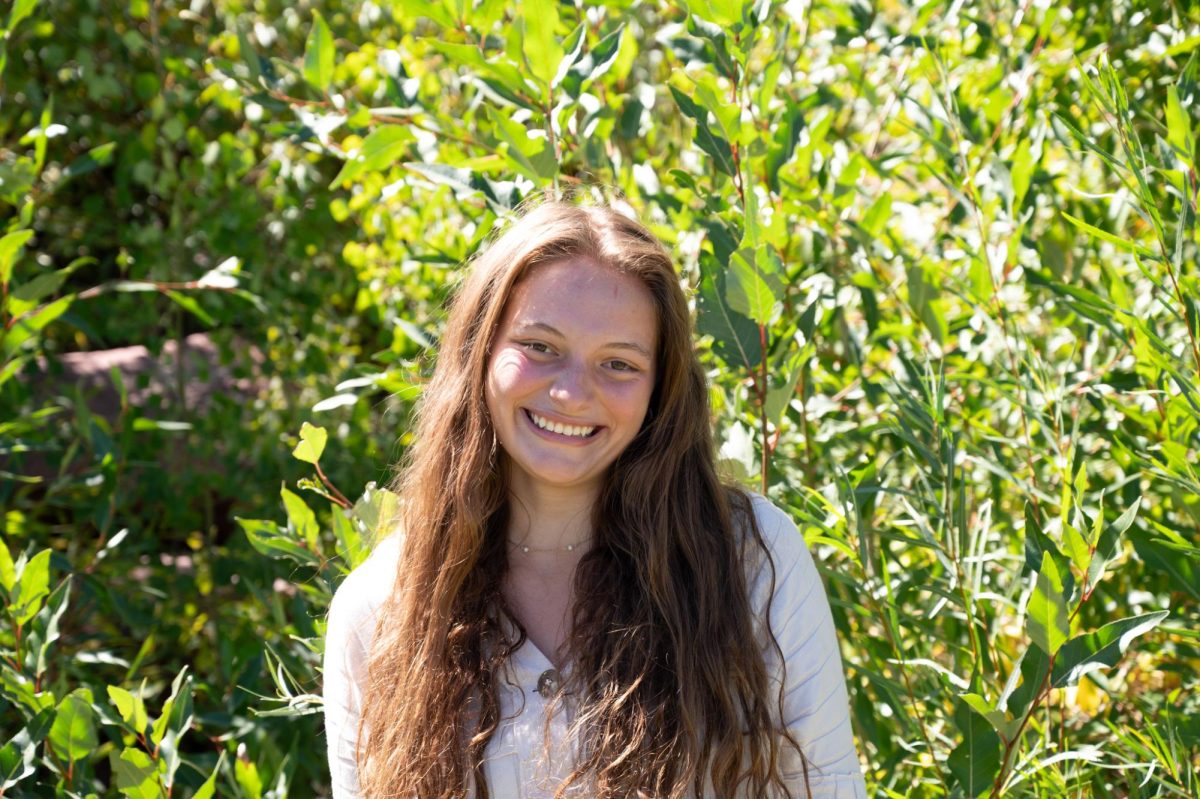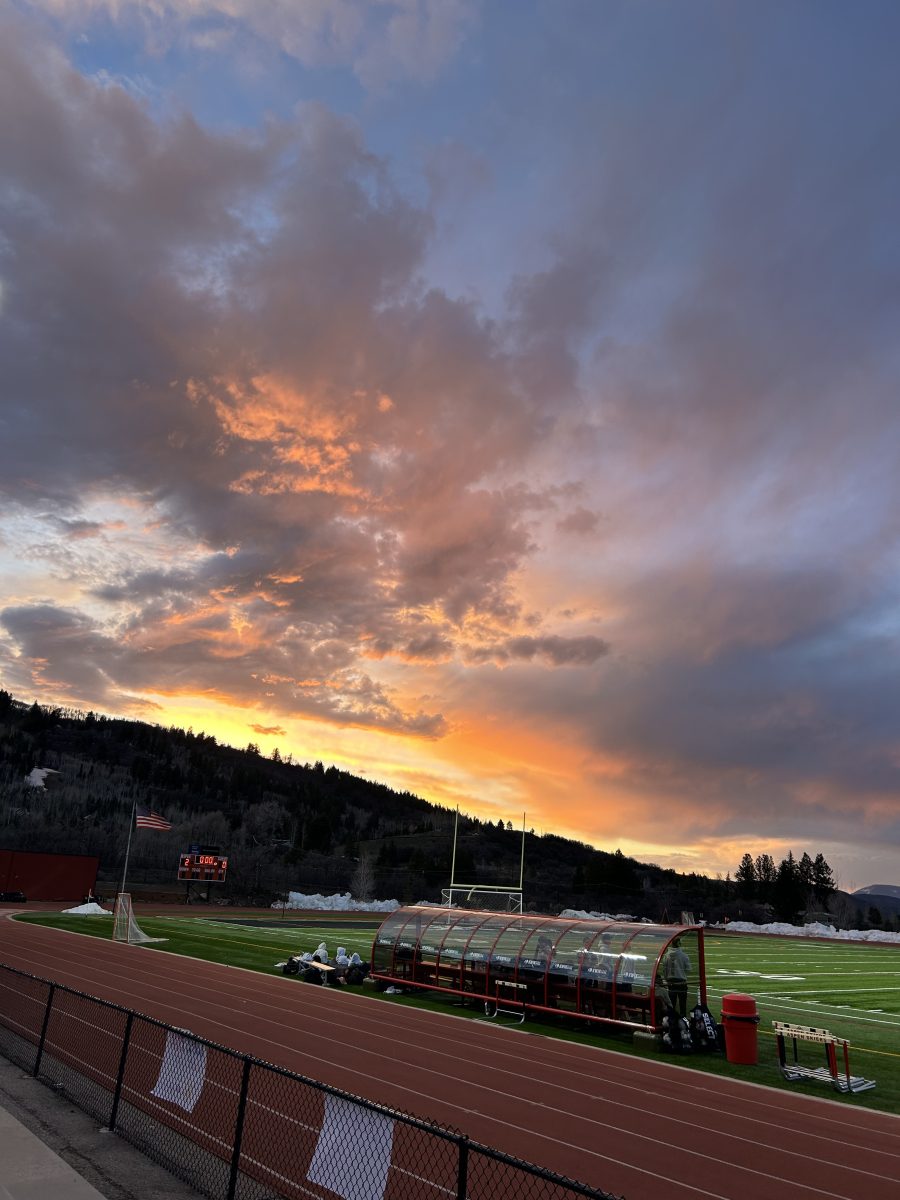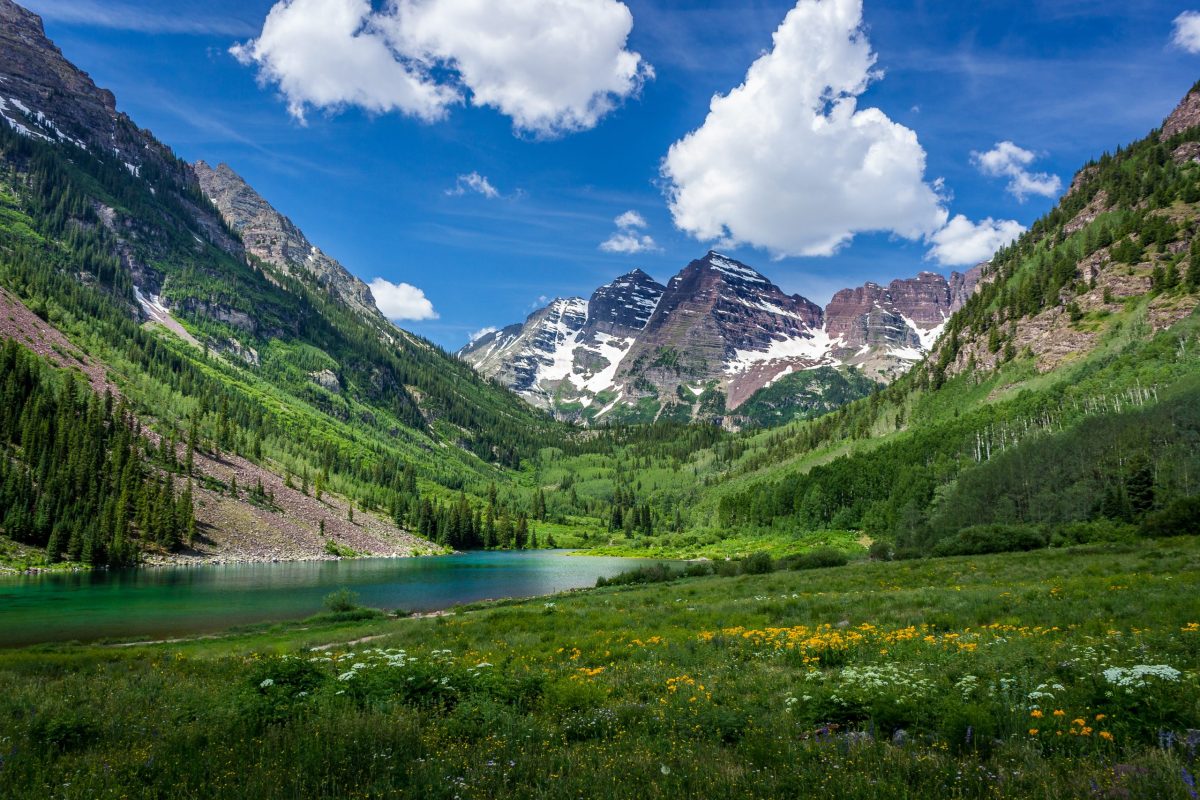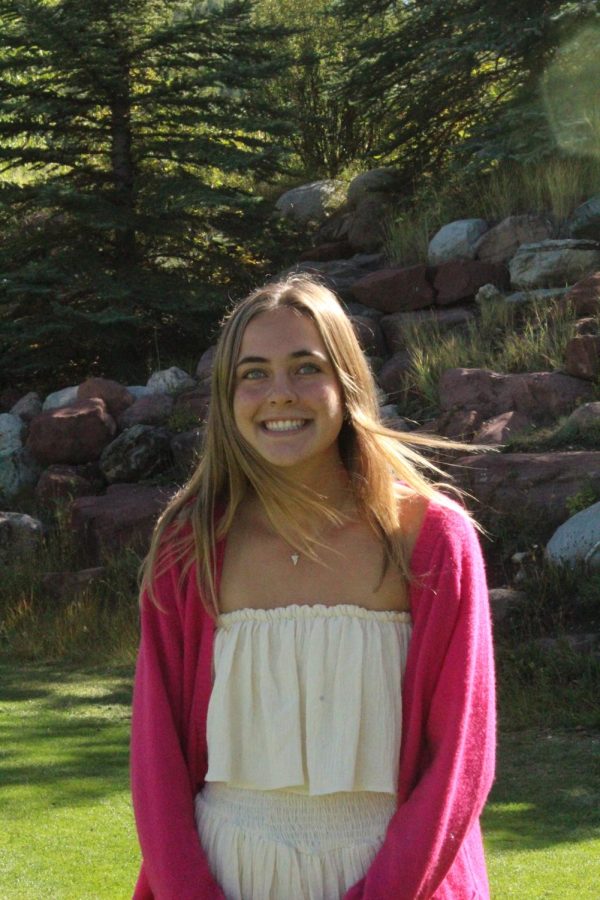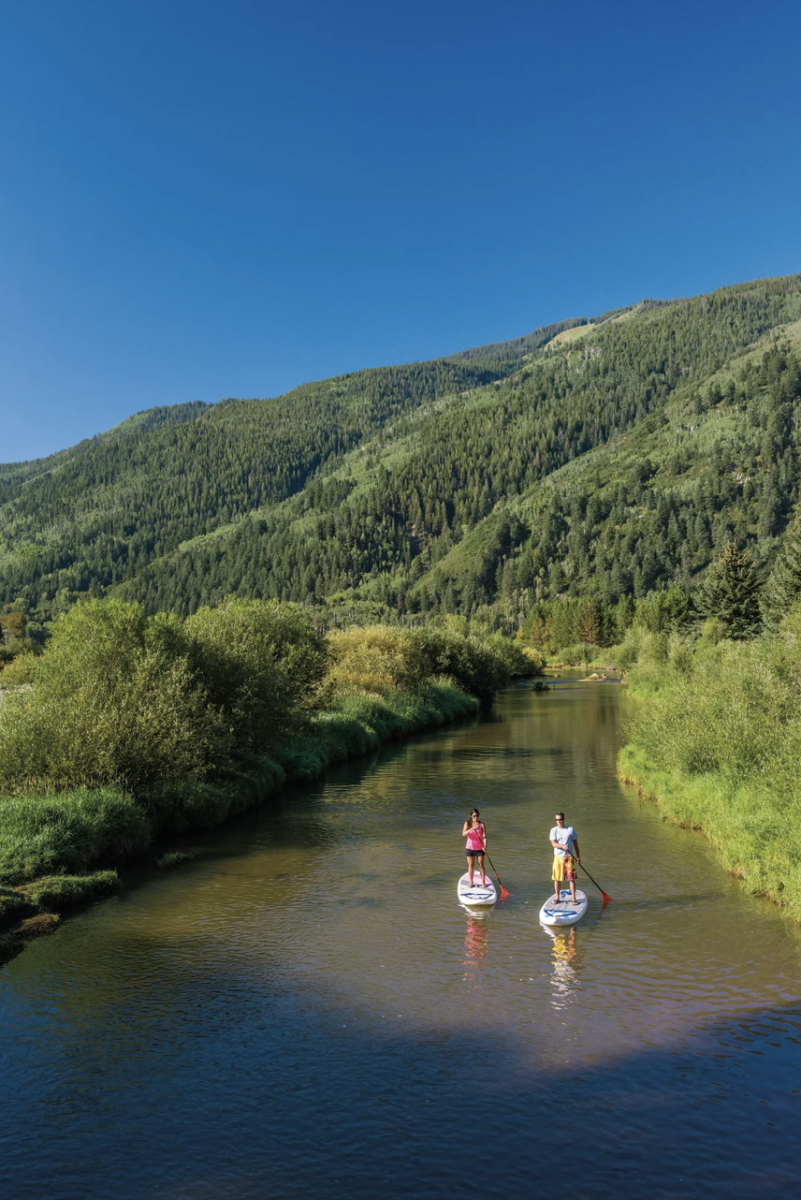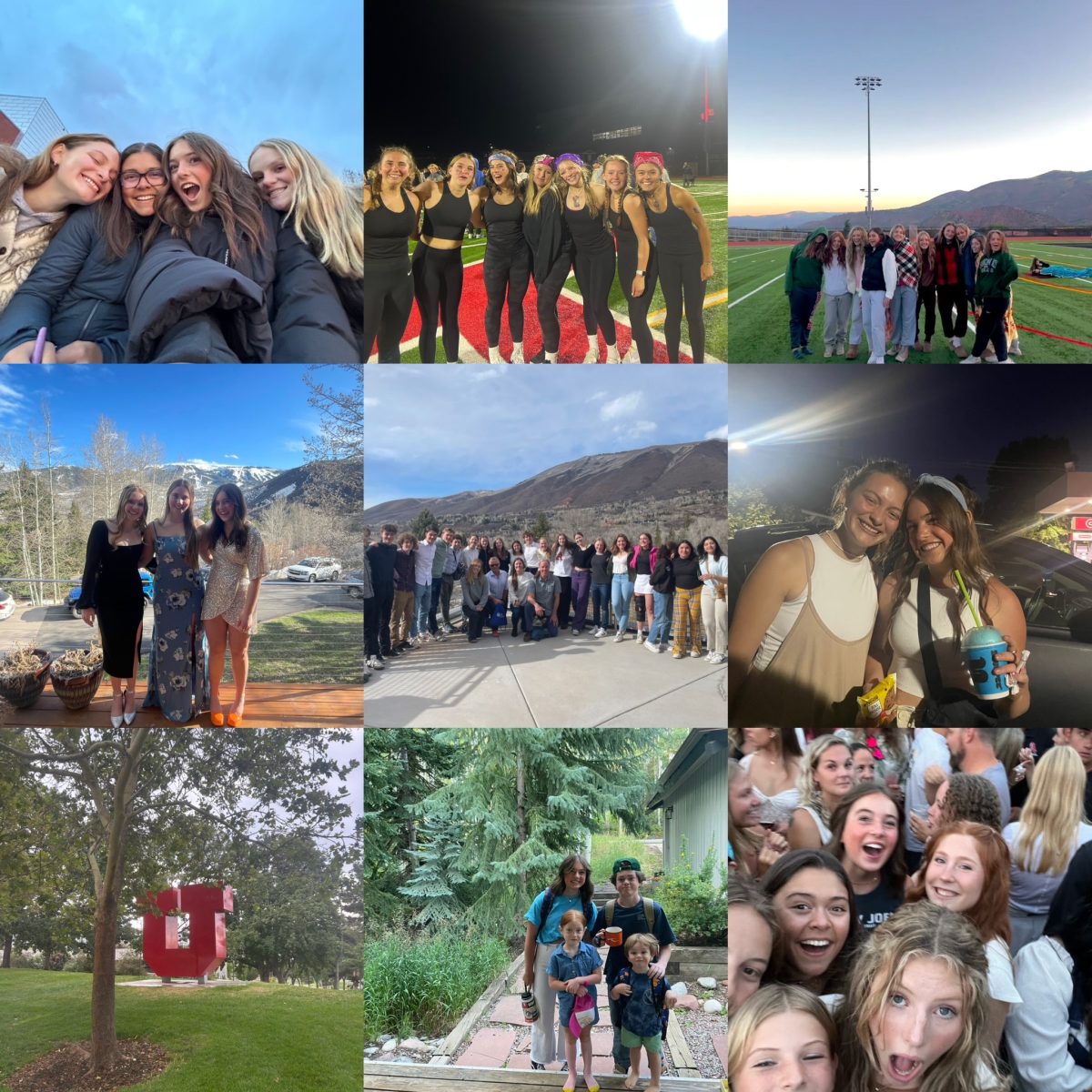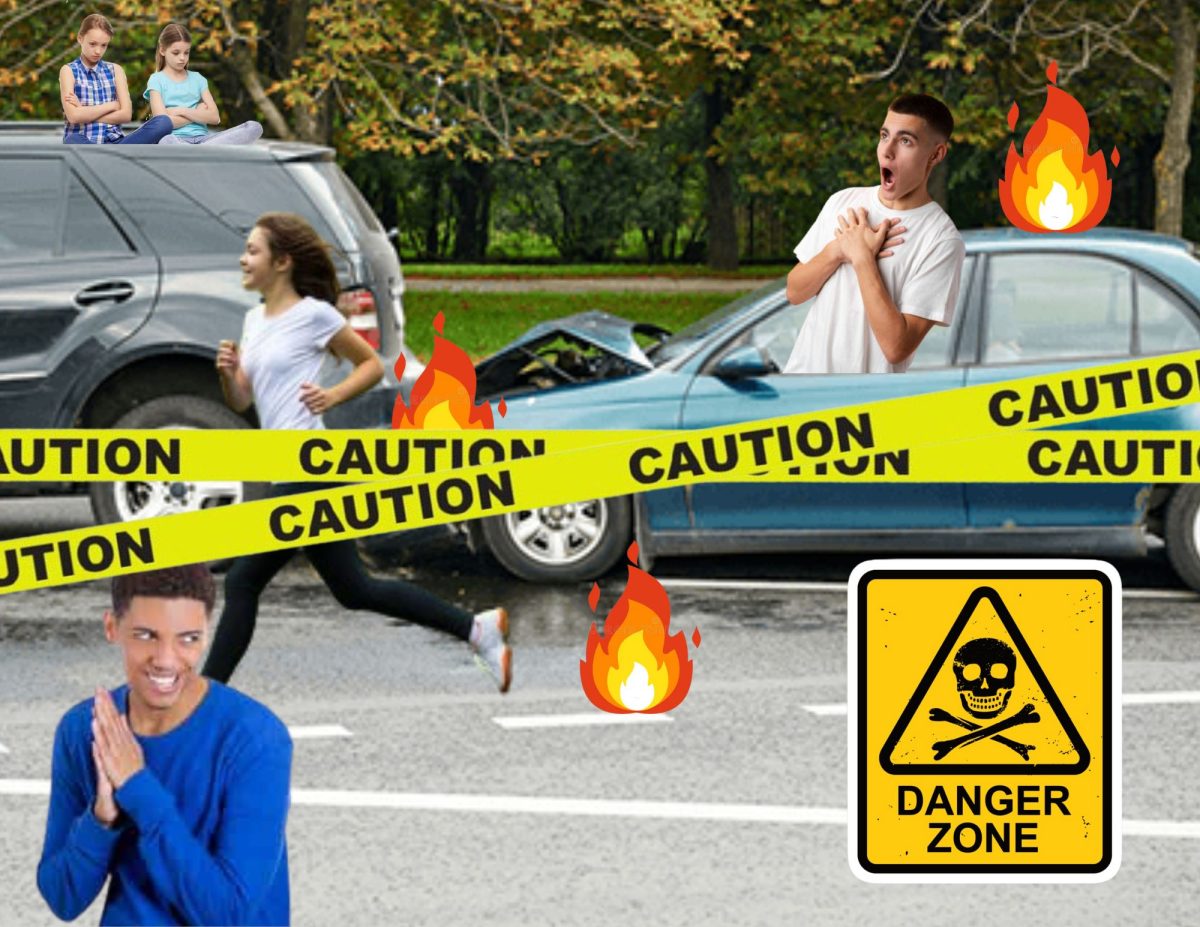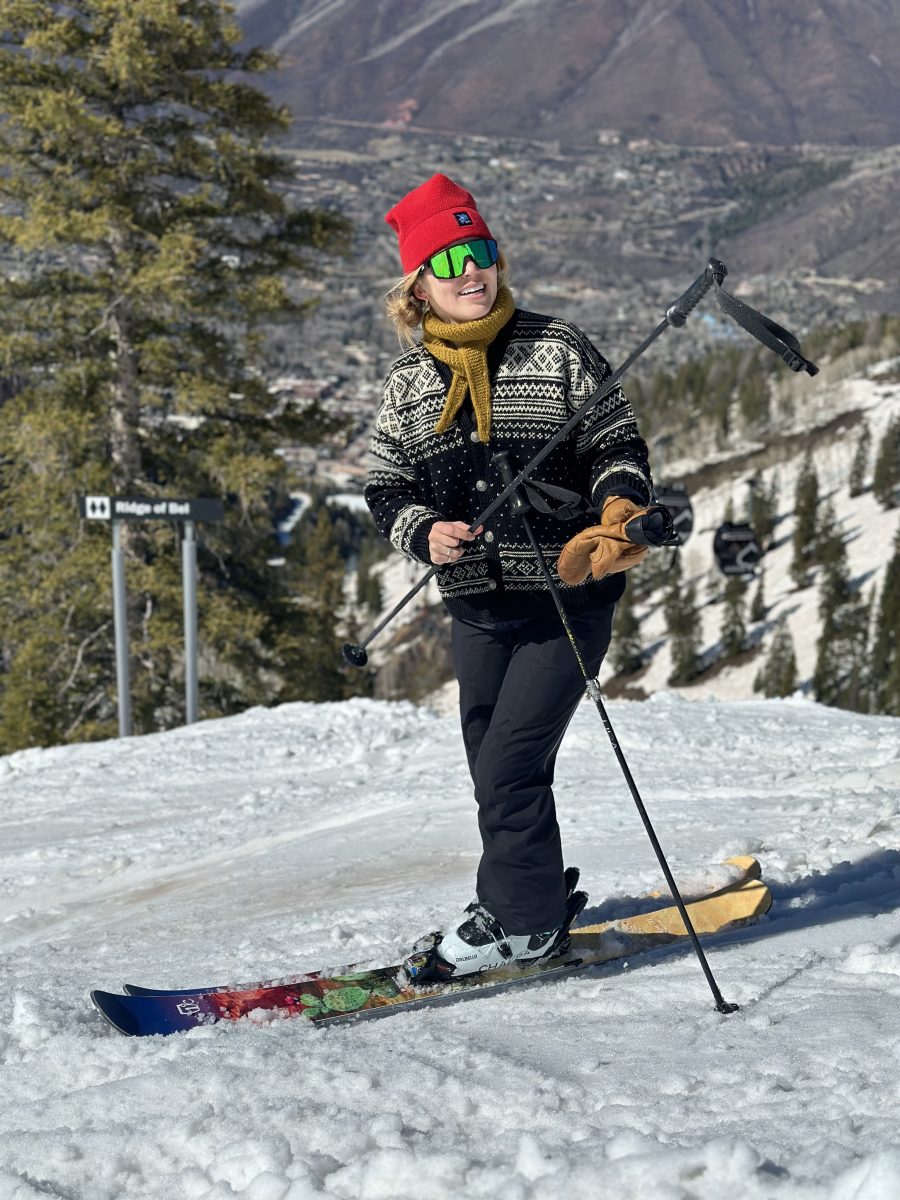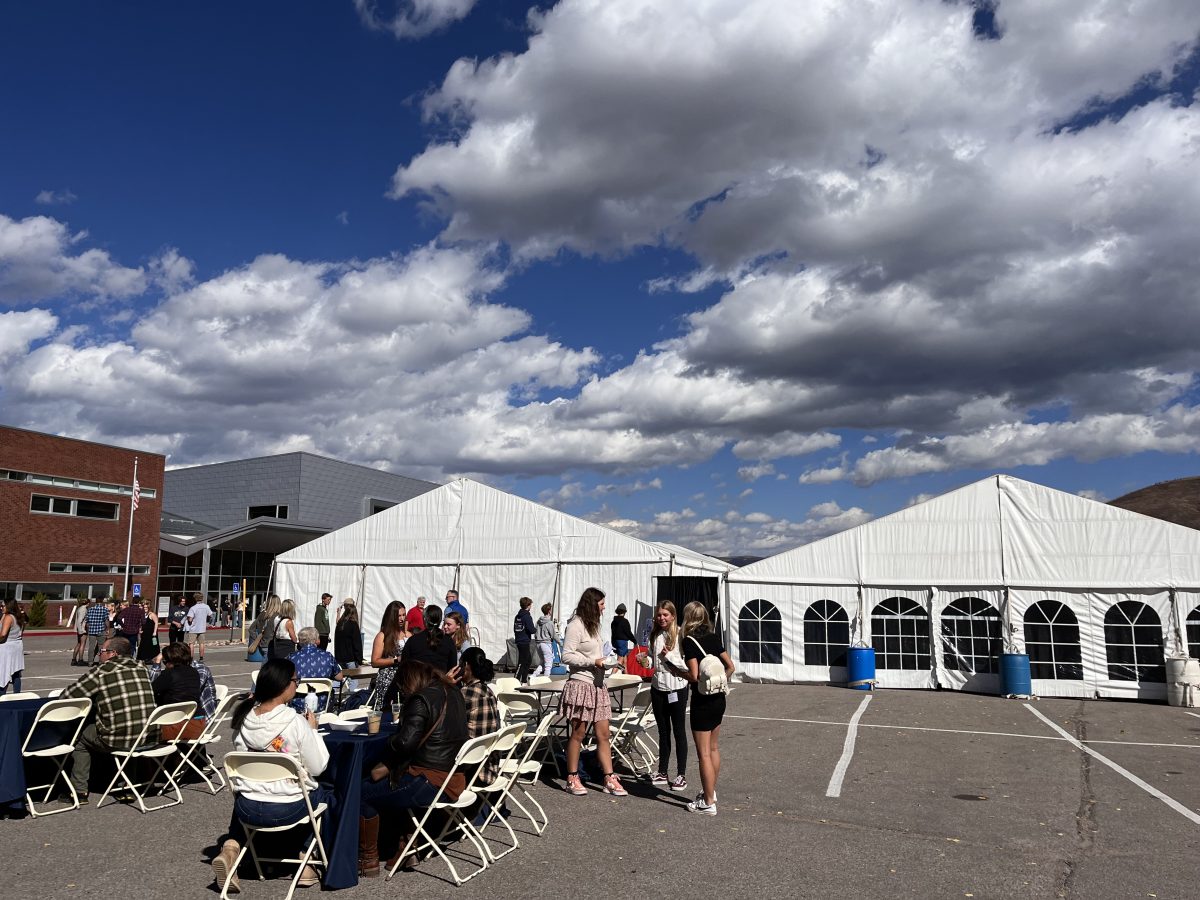As the world bids farewell to the mesmerizing solar eclipse that occurred on April 9th, 2024 at 12:36 pm MST (Mountain Standard Time), anticipation begins to simmer for the next occurrence of this rare phenomenon.
A solar eclipse happens when the Sun, the Moon, and the Earth all line up, either fully or partially depending on the time of year and viewing location. During this time, the Moon passes between the Sun and the Earth, casting a shadow over the land that blocks the sunlight in certain areas of the world.
Every solar eclipse ignites a sense of wonder and curiosity, drawing millions of eyes (ideally protected with eclipse glasses) to the sky as the moon travels in front of the sun, casting a shadow upon our planet. The most recent total eclipse took place on April 9th, 2024 causing many to travel in order to see 100% totality. The path of totality measured more than 100 miles wide and was first visible on Mexico’s Pacific coast before moving northeast through Texas, Oklahoma, Arkansas, Missouri, Illinois and upward toward New York, New Hampshire, and Maine, then on to Canada. Throughout Colorado, cities reached up to 65% totality during the eclipse.
There are five distinct types of solar eclipses.
Total Solar Eclipse
The type of eclipse that occurred just weeks ago where the moon completely blocked the face of the sun in the path of totality. This usually attracts the most attention and tourism to the areas where the world will be covered completely in the moon’s shadow.
Annular Solar Eclipse
Happens when the Moon passes between the Sun and Earth, but when it is at or close to its farthest point from Earth. Because the moon is farther away from the Earth, it appears smaller than the sun therefore not covering it completely.
Partial Solar Eclipse
Occurs when the Earth, Sun, and Moon do not perfectly line up so only a portion of the sun is covered by the moon. During a total or annular solar eclipse, people outside the area covered by the Moon’s inner shadow see a partial solar eclipse.
Hybrid Eclipse
This does not occur as often but because the Earth’s surface is curved (yes it actually is to all you flat earth believers), sometimes the eclipse can shift between annular and total as the moon’s shadow moves across the globe.
While each solar eclipse is a breathtaking event in its own way, there’s something uniquely captivating about the anticipation leading up to the next occurrence. The next total eclipse to take place in the United States, specifically North Dakota and Montana, will not happen until August 23, 2044, which is more than 20 years from now, making this previous eclipse even more special because this phenomenon will not happen until AHS seniors are almost 40 years old.
Although 20 years is a long time to wait, the next total solar eclipse will occur on August 12, 2026, just two years from now. This eclipse will cross over Greenland, Iceland, Spain, Russia, and a small portion of Portugal, and a partial eclipse will be visible in parts of Europe, Africa, and North America. Start planning your trip to these beautiful destinations now before it’s too late! Viewing a total solar eclipse internationally is definitely something to check off the bucket list.

